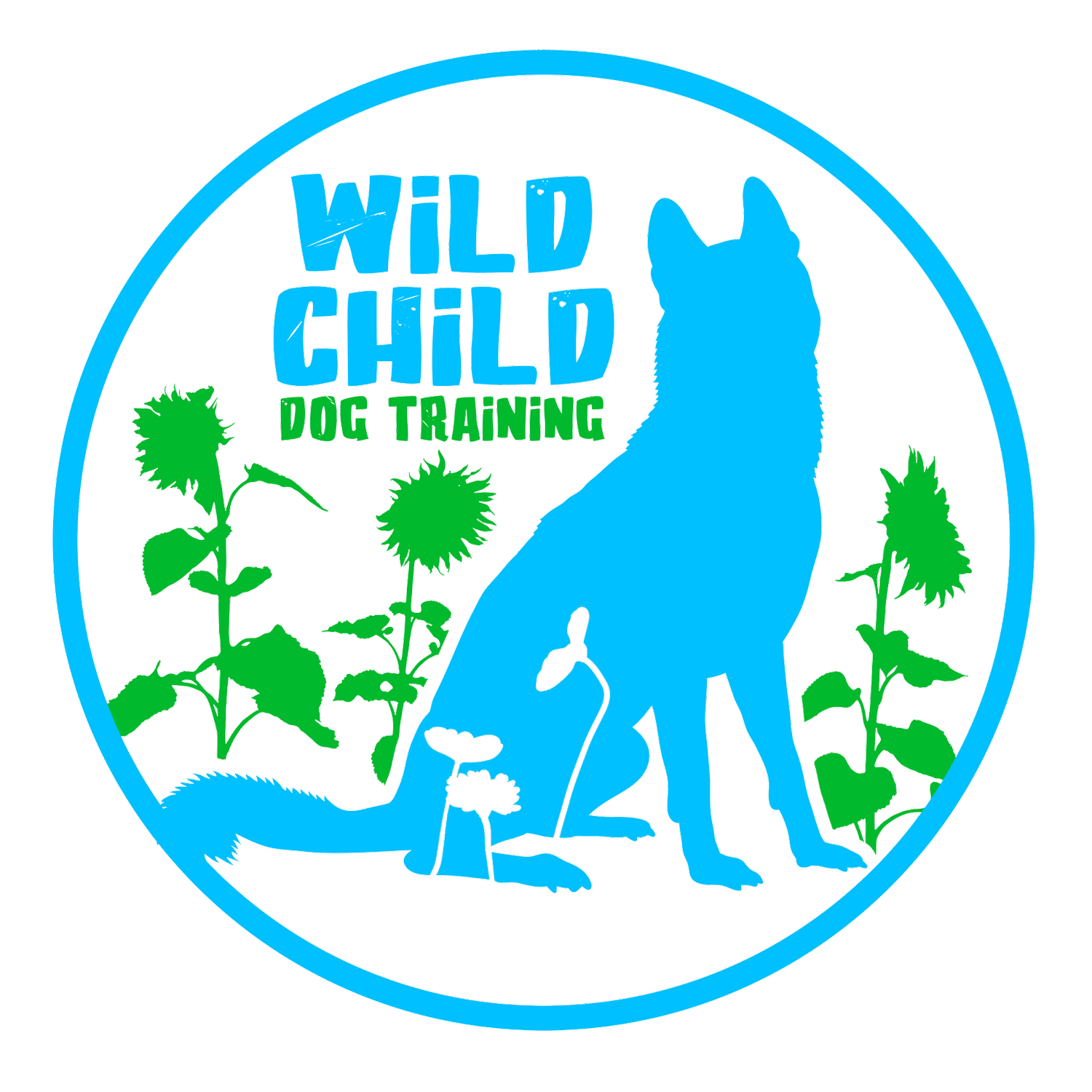Fearful Dog Training
When training a fearful dog that oshows fear aggression or reactivity, we often want to control the dog as a means to help guide them through whatever trigger they may be experiencing. However, when we try to control a dog that is especially reacting out of pure emotion, we often make the situation worse. The reason for this is because our energy and stress levels typically go up. We are also adding a little bit more force and directing our energy, and believe it or not, that stress affects the dog that is reacting. Instead of offering calmness to the dog, we are actually amping them up and causing restraint and frustration, which can lead to the dog experiencing even more stress or worry based on our emotions.
What I do for fearful dogs is give them freedom, and it’s a type of freedom that is managed. What I mean by that is I hardly ever put a fearful dog, in the beginning of training, through obedience commands. I don’t tell them to heel. I don’t tell them to sit. I don’t tell them to down. I don’t even get mad if they jump on me; any emotion I want to encourage rather than squash. I want them to see the world a little bit more independently, encouraging them to explore, check out things, and trust their senses. I also want them to trust my guidance when I need to direct them. With that comes confidence, and the dog becomes a little bit more forward-going.
That is when I can actually start increasing or decreasing behaviors. If my dog lunges at the end of the leash, I can decrease that behavior. But if I were to do that before the dog is even ready—like when they’re so fearful they hardly leave my side and they sniff here and there, just so shut down—and I were to correct them for a bad reaction because they came across a trigger, I would only shut that dog down more.
So, the first step when dealing with a fearful dog is to encourage that dog to explore and socialize, to really go out on their own and be confident, while you’re there as a helping hand. When my dogs are demonstrating confident behaviors and want to engage with the environment, that’s when we start tackling triggers. If we do it beforehand, we just wash the dog out. The dog becomes so scared to make a mistake that they don’t trust their own instincts, and it’s just a very bad place to be. This can eventually lead to further aggression or other behaviors. So moral of the story is really build your dog up and once they’re up that’s when we control and guide.
